Purchasing Your 1st Piano
The RIGHT PIANO or KEYBOARD for YOU
You've Got Options
I hope the terminology explanations and different types of keyboards are clear on this page. Our goal is to help you make a wise decision when purchasing your first keyboard instrument. You can always gradually move up the ladder where purchases are concerned. The main thing is where to get started.
Here are the main things to consider:
Budget - including ongoing maintenance expenses
Goals - short & long term: hobby, school, church, contestant talent entry, recording or performing arts
Space - plan where this instrument will be placed
Three specifics are an absolute must for all students, no matter their goals: 1. 88 Keys 2. Fully Weighted Keys and 3. Polyphony no less than 128
Accessories must be factored into the purchase.
Explanations of these specifics are discussed in detail throughout this page.
“If the instrument (equipment) doesn't 'sound' good, the student, no matter the age, will think it's them, will not enjoy practicing, and will soon give up!
Getting the right 'sounding' keyboard is vitally important for all students.
Email or text me the link, picture, serial, and/or model number of the keyboard options you are considering to purchase BEFORE buying! I'll get back to you on my findings ASAP!
88 Weighted Keys - the BEST!
Plus Polyphony no less than 128
For those who want the quality of a piano but the flexible movability of a keyboard, you can get a quality brand name for any budget on Amazon, delivered to your door. But why 88 keys, why weighted, and what is polyphony?
88 Keys, because when you're learning to play piano, you will move your arms and hands across the entire keyboard to play assigned music pieces. You can not do this with a 61 or 66-key instrument. These smaller keys are synthesizers used to play with a band - a much later skill learned.
Fully Weighted keys (NOT semi-weighted) are designed to feel like a piano and require as much pressure to press the key down, simulating the hammer action in a traditional, acoustic piano. Playing on weighted keys strengthens the fingers, hand, and wrists in ways never used before. The right pressure also aids your eye-hand coordination skills needed to play piano.
Fully Weighted keys are "touch-sensitive" that aids in musical expression as a student learns to apply "Dynamics", playing in varying degrees. For example, pressing a key softly (or tenderly), the note sounds quieter, but pressing the key strongly will sound the note louder for a more dramatic effect. Music is about expression, and without weighted keys, this is difficult to learn and practice.
Polyphony must be no less than 128.
Trusted, quality brands: Alesis, Yamaha P-series, Kawai ES120, Casio PX
Prices for Alesis: Second-hand, about $100-300. On sale new, $359 up. New, $400 up.
An added plus is the ability to manually "tune" the keyboard to 444 Hz. This capability can be found in an Alesis, ranging in price $600 up. so wait for a sale.
Needed Accessories: Stand, Pedals, Bench (See section below.)
You will not be making the most of your investment in piano lessons if your child has an unweighted keyboard.
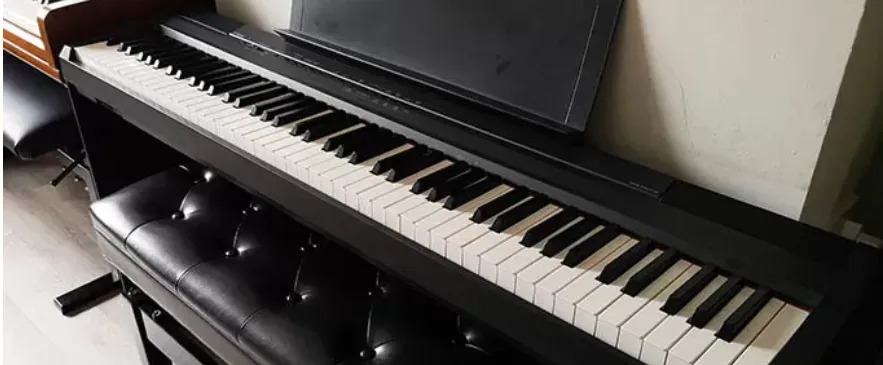
What is Polyphony?
Be careful to research the fine print, revealing the polyphony of digital or electric pianos. You do not want anything less than a polyphony of 128. Polyphony has to do with the tone quality when pressing down more than one key simultaneously. For instance, when a student begins playing chords, up to 5-6 tones simultaneously, the higher the polyphony level, the better it will "sound" to the student and bring joy to their rehearsing or practice sessions.
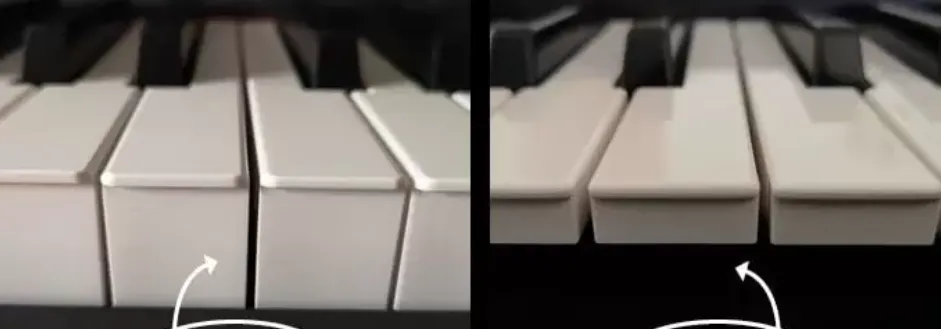
UN-weighted Means:
Key points to make a wise decision:
By unweighted, we mean that the keys are light and easily depressed. You can normally tell if a keyboard is unweighted, as it will have space under the keys rather than being solid.
Unweighted keys will hold back your student's piano technique development.
Even beginning students will not be satisfied with practicing on an unweighted, non-sensitive touch keyboard.
Unweighted keys are cheap in price, but it's ultimately a false economy when it comes to your child's lifetime investment in music education.
Tips on Purchasing 1st Keyboard
The Necessary Accesories
The Bench - Critical
When you’re buying your child’s first piano or keyboard, don’t forget about the bench! This is as critical to a beginner pianist as proper shoes are for an athlete.
Many people think they can simply use a dining room chair. While that might be sort of OK for an adult, it’s far from ideal for a child. To purchase an adjustable bench that is designed for playing piano will save you money because the height can change as your child grows. This HOOBRO is perfectly adequate and very affordable. Click the picture for an Amazon option.
If you’re buying a piano or keyboard from a store ask them if they will throw in an adjustable bench.
The cushion will help your child sit comfortably during practice sessions.
At the first piano lesson, you'll be told the exact height the bench needs to be for your child. Feet should never dangle. Use a stack of old magazines, newspapers, or books for them to firmly and evenly plant their feet.
The Stand, Pedals, Headphones
The Stand
Look for deals where the stand is included. The Music Rack that holds the sheet music should always be included, but the stand is optional. The reason is that many musicians have multiple portable stands and only want to purchase the keyboard. Amazon Link
The Pedals
Look for deals that include the pedal. Some will offer a single or triple pedal unit. Or you can check your keyboard's manual to purchase the right pedal on Amazon for around $25. At Sounds of Joy Music Studio, students start using the pedal early on because it's a needed coordination skill that must be developed. Plus, when the sustain pedal is depressed, the music sounds extra pleasing to the student's ears.
Headphones
This is optional. It all depends on the location of the keyboard in the home. There may be times a student wants to work on a piece and get it just right to present as a surprise to the family during a home concert. However, some parents prefer the student's practice time be visible and heard for accountability.
More Options for Piano Choices
ACOUSTIC Pianos
Multiple Sizes & Shapes
In the physical studio, students play on my acoustic 5.5' baby grand piano. Investment means it has an authentic serial number and increases in value due to the type of wood used to construct it. It is named "Boston", built in a Kawai factory, using the Steinway design, which means the bass or low end of the keys are rich with a full-bodied sound. It can be tuned to my specification of 444 HZ, which is a much brighter, healthier tone quality than the usual 440 HZ. It is tuned by a certified tuner twice per year, costing $100-250 each tuning. Humidity in the studio should be regulated between 50-60%. It takes special equipment and a certified team to move.
But there are other options. Click the link above to research all your options.
You can pick up a second-hand piano from about $150 upwards in auctions and on listing sites such as PianoBuyer or PainoMart. New pianos usually start at about $995+ but a well-maintained second-hand piano should be sufficient for most beginners.
*ALERT*WARNING*ALERT: Please, have your piano tuner preview the piano before purchasing and accruing moving costs. I've run into *free* acoustic upright pianos that have been nested, eaten, and ruined by mice over a long period of time because of poor storage care of the instrument. It would take more money to rebuild an acoustic piano in this condition than to purchase a new one.
Baby Grand - Investment Acoustic Piano
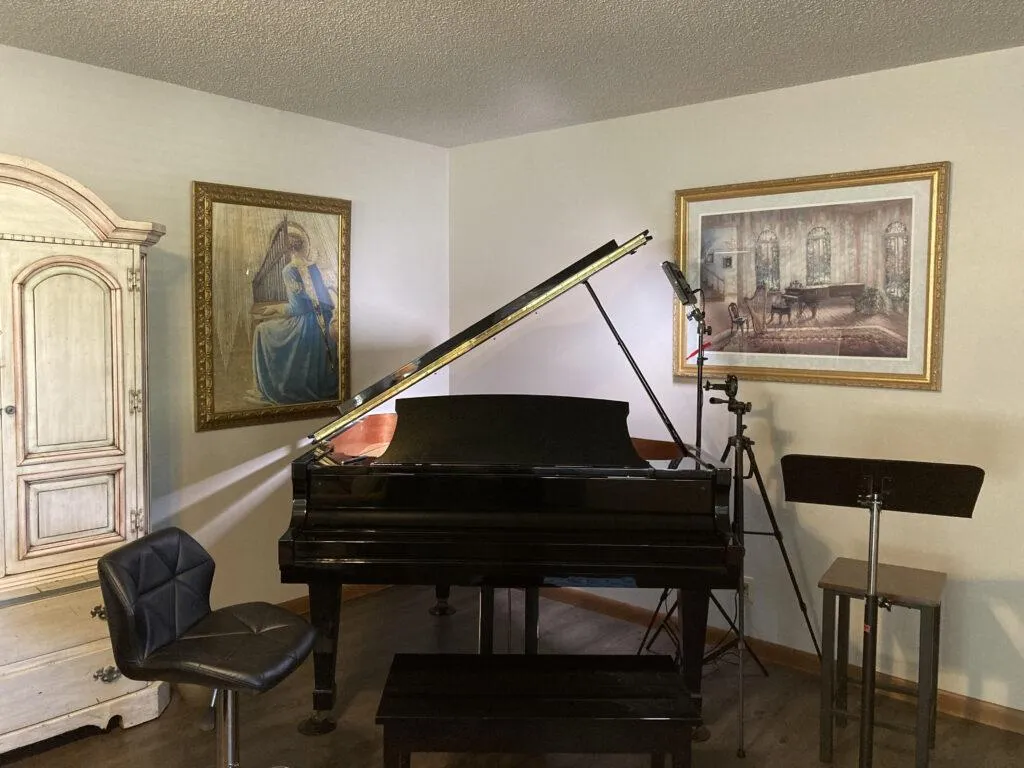
Spinet Acoustic
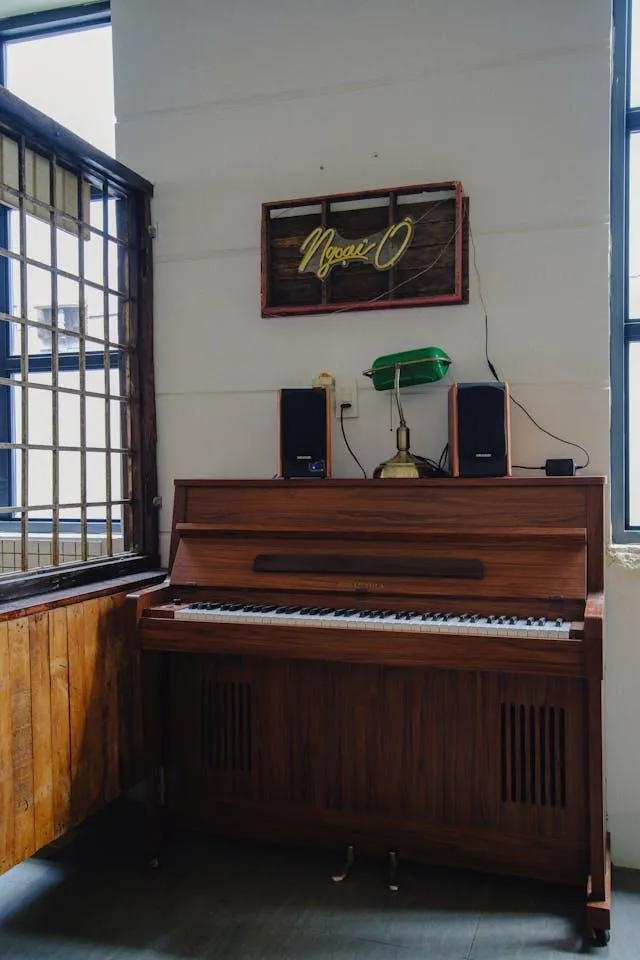
Upright Acoustic
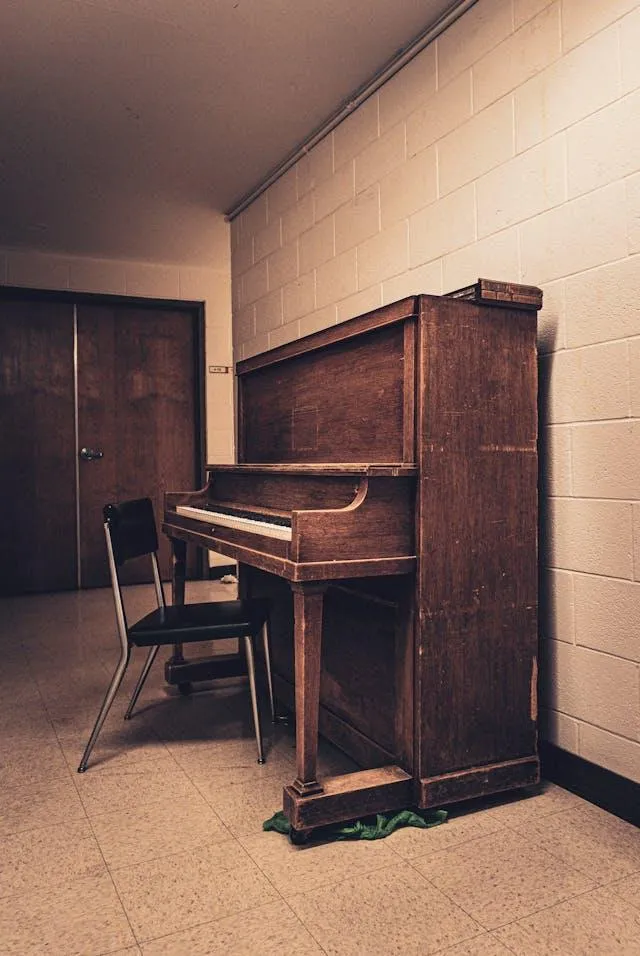
HYBRID Pianos
The most expensive . . . $4k-25k
Just like a hybrid car, a hybrid piano is designed to be the best of both worlds. They have real hammers inside and wooden keys just like an acoustic piano but they’re electric.
Hybrid pianos are instruments that combine elements of both acoustic and digital pianos, offering the authentic touch and feel of a traditional acoustic piano with the versatility and features of digital technology. They typically feature a real wooden piano action, such as the Millennium III Hybrid Action from Kawai or the real acoustic actions used by Yamaha, which provide a responsive playing experience that replicates the touch and feedback of an acoustic piano without the need for regular tuning or significant maintenance. These instruments often include digital components like high-fidelity sampling, built-in speakers, headphone jacks for silent practice, recording capabilities, and connectivity options such as Bluetooth and USB.
PROS:
Can be used with headphones for silent practice
Will connect to computers and iPads via MIDI cable
Won’t need tuning
Can imitate different types of pianos by switching modes
CONS:
Hybrid pianos are expensive, putting them out of the range of most beginner budgets. See a variety of Yamaha and Casio options HERE. And if you prefer Kawai options, you can preview them HERE. Hybrids are a great upgrade option to keep in mind if you start with a more basic keyboard and are well worth the investment if you want to get the best long-term solution straight away.
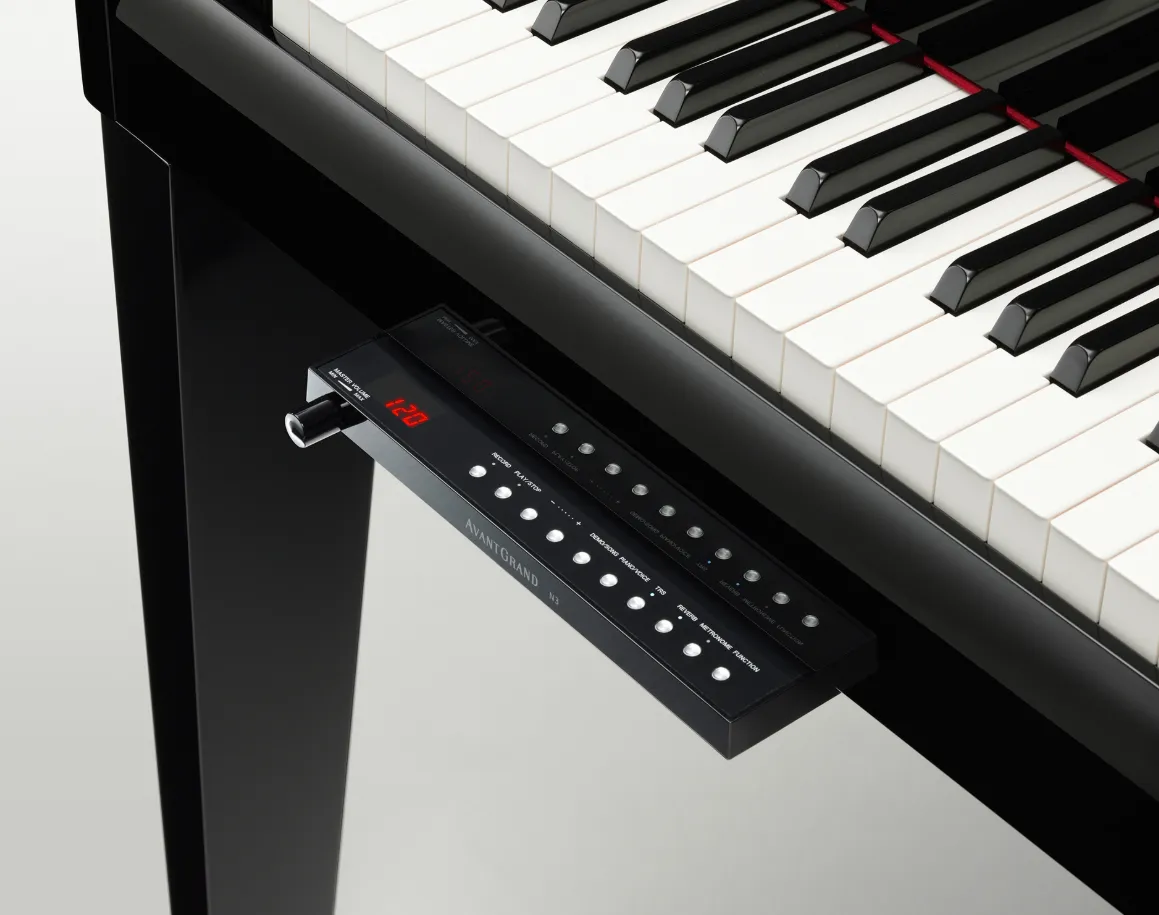
Copyrights © 2025 All Rights Reserved | Sounds of Joy Music Studio under Jubilee Music & Publishing, LLC
Privacy | Terms & Conditions | Accessibility
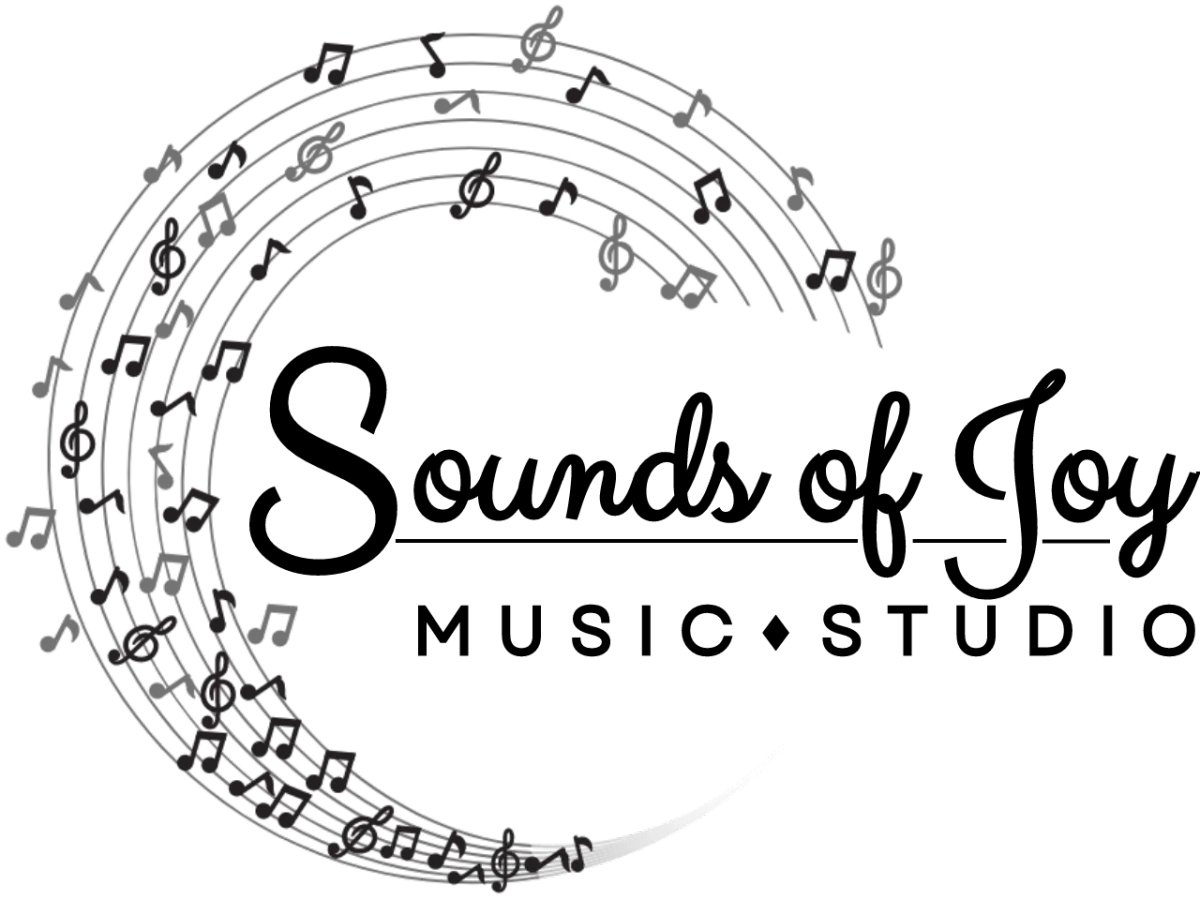
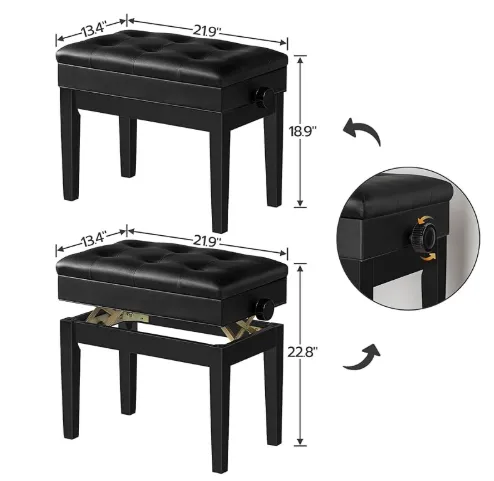


Facebook
Instagram
LinkedIn
Youtube